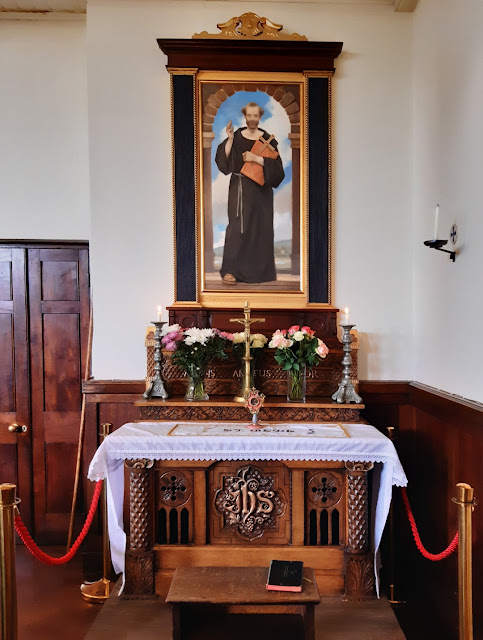ALICE in jeopardy
 Photo: Peter Ginter. Fotografie. www.peterginter.de
Photo: Peter Ginter. Fotografie. www.peterginter.deLast week, The Times reported on problems with the Science and Technology Facilities Council and calls for Professor Keith Mason to resign. Today, there are two related letters to the editor. The first defends Professor Mason, criticising the "deeply unfair" process of the Commons Innovation, Universities, Science and Skills Committee. The second letter is of particular interest since it draws attention to the threat hanging over two of our four Large Hadron Collider experiments. Zoe Matthews, a particle physics PhD student at Birmingham, quotes the 1950 Nobel prizewinner Cecil Powell who remarked on discoveries at the beginning of this field,
“it was as if we had broken into a walled orchard, where protected trees had flourished and all kinds of exotic fruits had ripened in great profusion”She continues:
Even more rich and unimaginable beauty is waiting to be seen, far beyond the boundary of our current energy scale. And what then, once we have crumbled this wall at the LHC? Some of us will be faced with a “no admittance” sign.I wrote about ALICE a while back and have just received a couple of corrections. One of the senior researchers involved in the experiment explained to me:
...we focus on the phase transition to the Quark-Gluon Plasma, and in doing so create the hottest (albeit small) system ever achieved under laboratory conditions (1012 degrees Kelvin). By doing so, we recreate a crucial stage in the development of the Universe, as, according to current cosmological theories, the whole Universe was once at these temperatures. The crucial difference is that in our case, as the system we create is so small, there is no gravity, so ours expands and vanishes in a much smaller time. We also investigate what is known as the "partial restoration of chiral symmetry", a process linked in a deep way with the difference between left-handedness and right-handedness in the Universe, which also takes the 1.6% of the mass of objects accounted for by the Higgs process and explains the remaining 98.4% (both interesting questions.)There is, of course, a website for ALICE. I say "of course" because the people at Cern invented the world wide web as a way of getting information around to each other without needing to worry about which operating system was being used in different places.
Making resources available for original scientific research is a feature of a civilised society. It would be a tragedy if ALICE were to be curtailed. Who knows what further knowledge could be gained by the completion of this important experiment?
Retractationes
Correcting my error:
for the record, we are not after the Higgs (that is the domain of the ATLAS and the CMS experiments). Instead we focus on the phase transition to the Quark-Gluon PlasmaI also got the wrong picture - the one I showed was of ATLAS. The photo above is the ALICE magnet.


